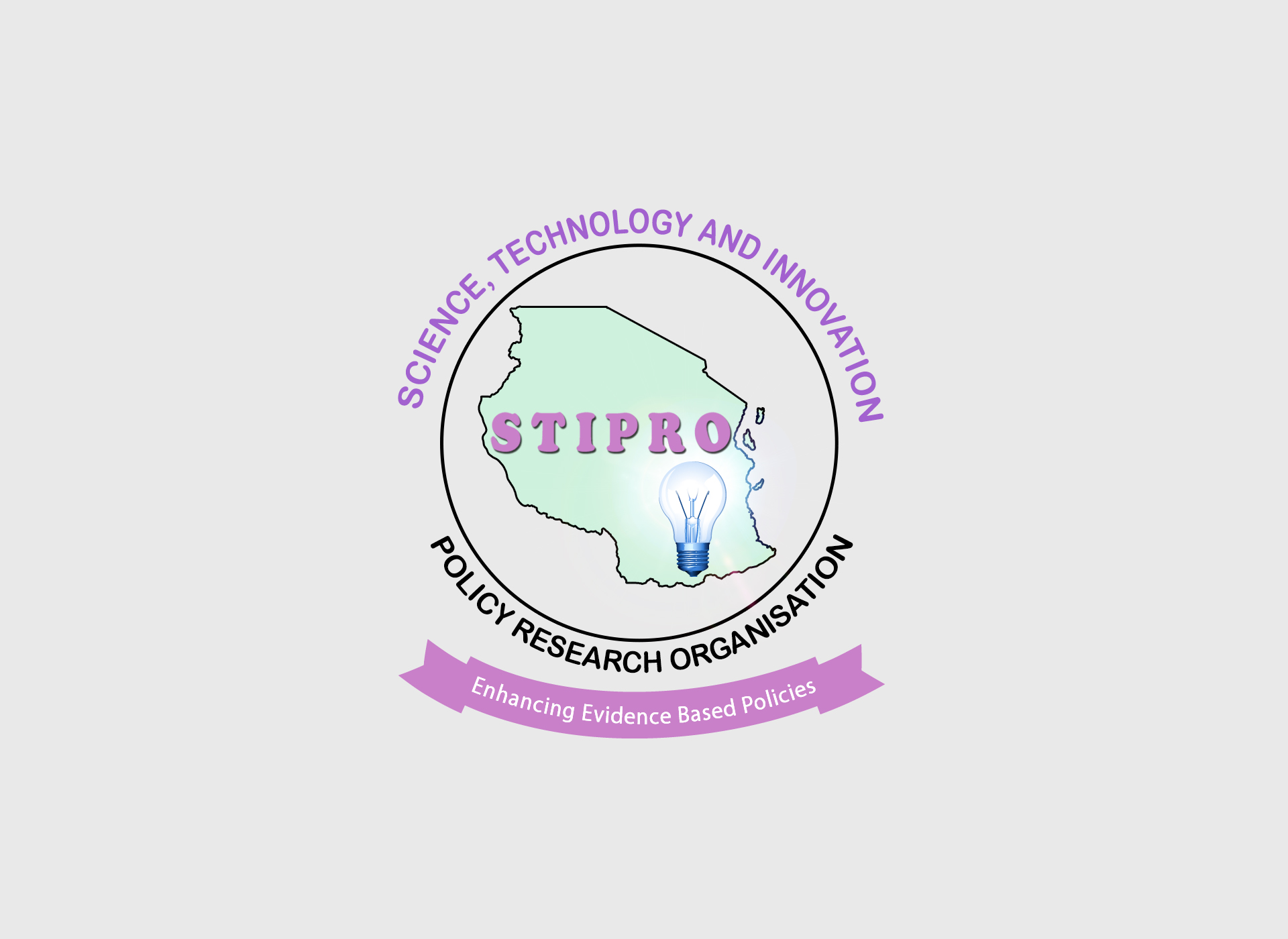-
The FDI Report in Local Technological Capability Building
Foreign Direct Investments (FDIs) have been found to be important aspects of economic development of host countries, and crucial, in building technological capabilities of local companies in developing countries. It is a channel for international diffusion of technology, having the potential to transfer technological, organizational and managerial practices to developing countries, which may, in the long run, lead to higher technological capabilities, and innovation, resulting in economic growth in these countries. For Tanzania specifically, FDI is a type of investment which is relatively infant as the government had opted for a socialist path of economic development from 1967 to around mid 1980s, following the Arusha Declaration. In mid 1980s, the government initiated and implemented deliberate economic liberalization policies. These resulted into the rise of FDI in Tanzania. For instance, FDI inflows increased from USD 2,418.7 million in 1999 to USD 3,776.6 million in 2001. Such investments were concentrated in the sectors of manufacturing (33.4%), mining and quarrying (28%) as well as agricultural (6.7%) (BoT, NBS and TIC, 2004: 23-24).
Continue reading -
REPOA -SSI I Report: An Analysis of the Sectoral Systems of Innovation
Tanzania is one of the poorest countries in the world. Like many other poor countries and in particular African countries, it is grappling with the poverty challenge nearly five decades after independence. A growing body of literature on poverty identifies a critical link between poverty reduction, growth and technology. Using the concept of Sectoral Systems of Innovation (SSI) this study examines the deficiencies in the three sectoral system of innovation in the Tanzania national economy. The study is divided into two parts: part one to which this report belong, maps out, analyses and determine the level of adequacy of the supply side of the three sectoral systems of innovation. The study argues that while most of the system elements for all the three sectors are in place, two major challenges are found to be facing the policies. One is that they are not explicit on how to facilitate the interaction of the actors in the sectoral systems of innovation. And second, most of the policies are of the supply side type, with no trace of demand side innovation policies. Part two of the study is envisioned to determine the impact of the supply side elements on the innovativeness of the producers…
Continue reading -
The Role of Foreign Direct Investment
Foreign Direct Investments (FDIs) have been found to be important aspects of economic development of host countries, and crucial, in building technological capabilities of local companies in developing countries. It is a channel for international diffusion of technology, having the potential to transfer technological, organizational and managerial practices to developing countries, which may, in the long run, lead to higher technological capabilities, and innovation, resulting in economic growth in these countries. For Tanzania specifically, FDI is a type of investment which is relatively infant as the government had opted for a socialist path of economic development from 1967 to around mid 1980s, following the Arusha Declaration. In mid 1980s, the government initiated and implemented deliberate economic liberalization policies. These resulted into the rise of FDI in Tanzania. For instance, FDI inflows increased from USD 2,418.7 million in 1999 to USD 3,776.6 million in 2001. Such investments were concentrated in the sectors of manufacturing (33.4%), mining and quarrying (28%) as well as agricultural (6.7%) (BoT, NBS and TIC, 2004: 23-24).
Continue reading -
Sectoral Systems of Innovation – Part II
Part II This project is a continuation of part I one of the project on sectoral systems of innovation in Tanzania that endeavored to map out systems of innovation in three sectors of the Tanzanian economy, namely agriculture, industry and health. This project is led by Bitrina Diyamett and involves 4 senior researchers and 2 part time junior researchers. The overall objective of the whole project (Part I&II) is to identify constraints that are inhibiting a good performance of the three systems in terms of innovation outputs (new and improved products and processes). Given the problems identified in phase I regarding supply side factors the major objectives of the research in this part II are to examine the demand side of innovation in the three sectors. Phase II is designed to illuminate on the actual impact of the reviewed policies and activities of the supply side organizations on the inventiveness of the producers and service providers in the three reviewed sectors.
Continue reading -
Sectoral Systems of Innovation – Part I
Part I Phase I of the study was led by Bitrina Diyamett and involved three senior researchers and was completed in spring 2010. The research that was performed found out that all the three sectors selected for this study have necessary supply side actors in place, with the agricultural sector being the most diverse, possibly for historical reasons, where many different rural development strategies have been tried since independence. The three sectors have R&D organizations, training institutions, professional associations and financial institutions. In addition to R&D and professional associations, agriculture has extension services that cater for the linkage between research outputs and farmers and training organizations that train both researchers and extension service providers. Furthermore, there are various input suppliers and agro dealers that provide farmers with inputs required in their production activities. There are also financial institutions whose presences go deep down into the rural community, albeit with marginal coverage. Despite this impressive system, the performance of the sector has been very marginal means and the system is thus inefficient. The inefficiency may be due to one or all of the following: lack of linkage among the actors, wrong institutional arrangement (the way actors are connected), inadequacy of the…
Continue reading

